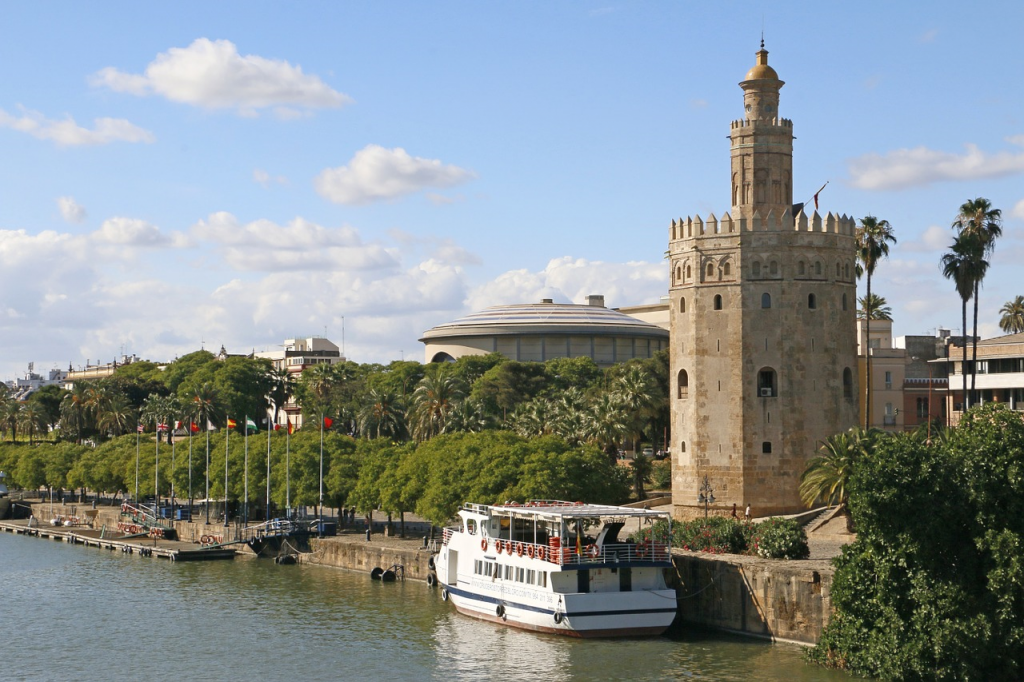
Seville is history. It’s art. It is culture. It is flamenco. We could continue listing all the benefits that this city has because there are many. Plus, it hides stories you probably don’t know. We have collected some of these curiosities of Seville in this article to bring you closer to the charms of this city.
Without a doubt, it is one of the most spectacular places in the world. The attractiveness of the Seville capital is evident. It is one of the favorite destinations for thousands of people to spend a few days off and enjoy all the leisure and cultural proposals that this city offers to the visitor.
It is enough to walk through its streets to realize the historical, artistic and cultural legacy that this city preserves. Museums, monuments, cultural events, festivals … The options are many and the range is wide.
To this is added the link that this city has with flamenco, an idyll that they have always maintained, since Seville is considered a benchmark for this art, from its origins until today.

Declared Intangible Cultural Heritage by UNESCO, flamenco is the art par excellence of Andalusia and the most popular Spanish genre in the world.
Proof of this are the multitude of flamenco tablaos in the capital of Seville, places full of charm to enjoy live singing, dancing and guitar shows, as is the case of El Palacio Andaluz, a tablao that holds daily shows, with dinner option.
As we have advanced, in this article we want you to discover the Andalusian capital from a different point of view, revealing some curiosities of Seville, based on facts or legends, but that will surely surprise you. Shall we start?
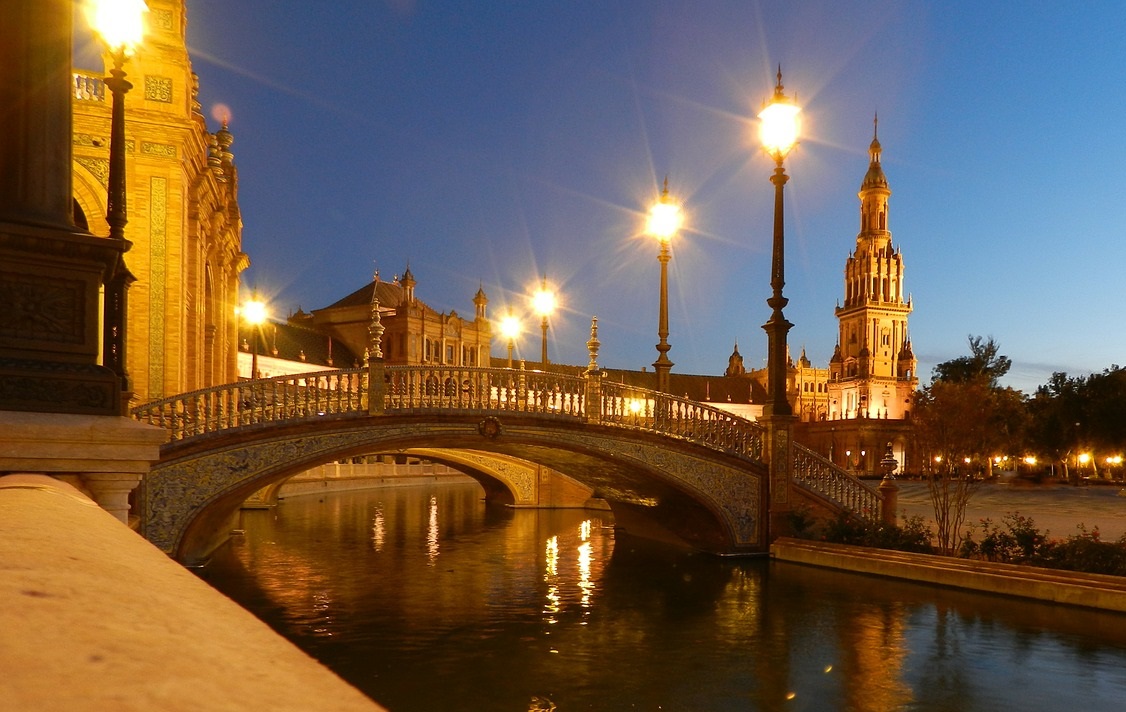
Legend has it that it was Hercules who founded the first urban nucleus of the city. It happened 3,000 years ago and it did on an islet that was above the marshes called Spal.
Today, Seville is the capital of the Andalusian region, but back in 1711, it was the capital of the Almohade empire that extended from Libya to Catalonia.
Seville has no outlet to the sea, but it does have a river, the well-known Guadalquivir that runs through the city. Well, the city had the most important commercial port in Europe, as shown by the historical references of 1500, which recognize Seville as the only connection point as a port with the New World.
If you have been in Seville you will have noticed the amount of orange trees there are. In spring, when the orange blossom begins to bloom, it gives off an aroma that is typical of the capital of Seville. There are more than 25,000 orange trees and they were brought from China.
The reason? Oriental tradition guaranteed that this tree gave ‘happiness’ to its future owner. Therefore, if you thought that the orange tree came here for the vitamin attributes of its fruit, you were wrong!
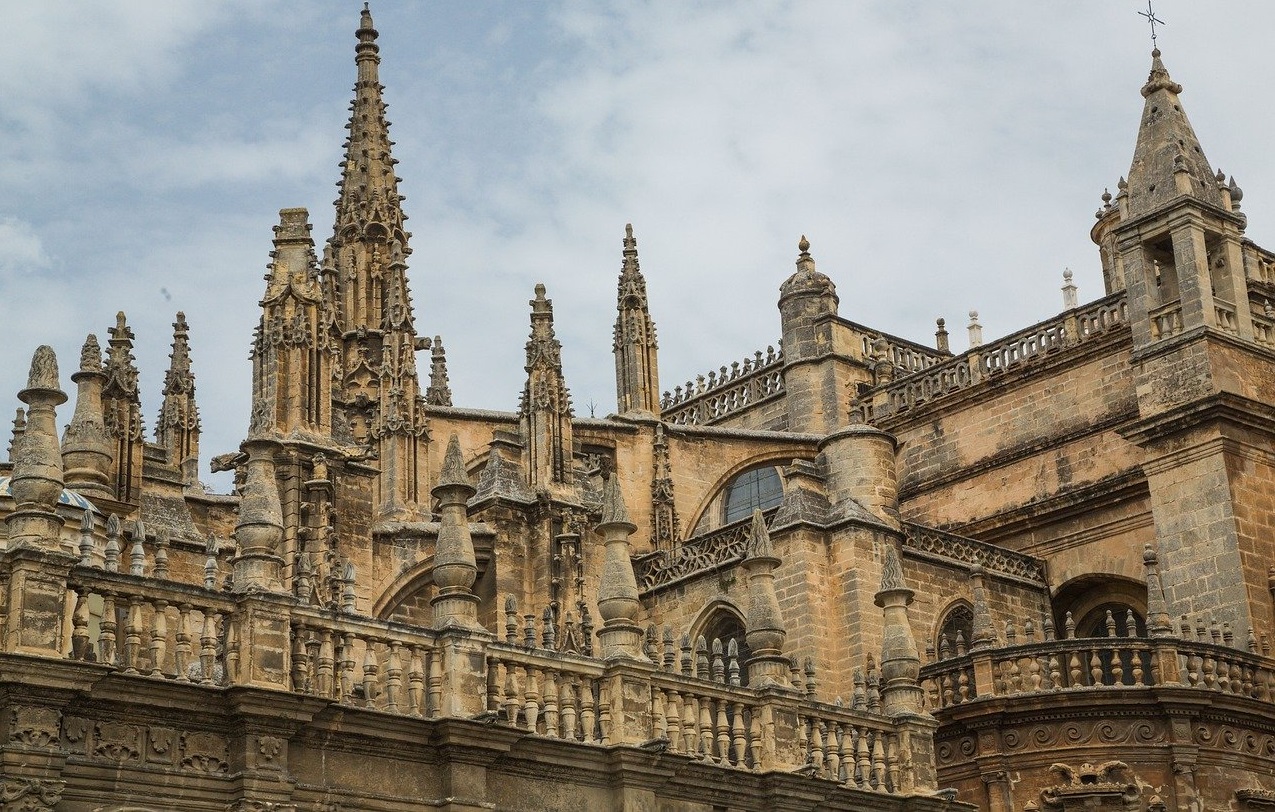
One of the most important monuments that Seville has is its Cathedral. You should know that it is the largest gothic christian cathedral in the world. But here the curiosities of this emblematic building do not end. One of its entrances is known as the Puerta del Lagarto (Lizard Gate).
It receives this name because different memories hang on it, the less varied. Among others is the bite of a horse, an elephant tusk, a crocodile and a baton. According to tradition, these are the gifts that a sultan made to King Alfonso X to grant him his daughter’s hand, but it was not so and they came to be guarded in the Cathedral.
Another of the famous and well-known monuments is the Giralda. For centuries it was the tallest tower in Spain and has several replicas in the world such as Puerto Rico or Havana, but it stands out the one in Kansas (USA), the city with which Seville is twinned, which also includes the Plaza Virgen de los Reyes.
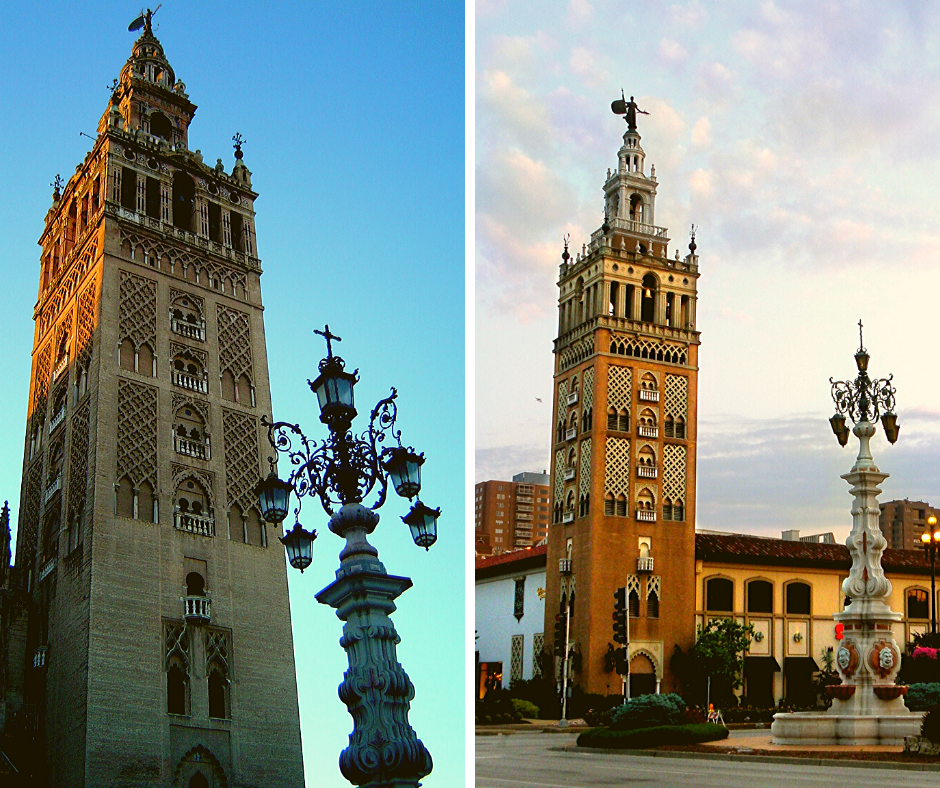
Another place, a must for the visitor, is the Hotel Alfonso XIII, included among the 10 most luxurious hotels in Europe and among the 50 best in the world. It is a building that stands out for its architecture and one of the favorite lodgings of numerous monarchs, artists and ‘celebrities’.
Seville retains nineteen of the old city gates, including Puerta Real, Puerta de Jerez and Puerta del Arenal.
One of the oldest royal palaces in the world, it is also located in Seville. It is the Real Alcázar, a place that has been the residence of numerous rulers and monarchs. It combines various architectural styles, something that makes it a unique construction.
In addition, this place has been the scene of movies, documentaries or series, such as the well-known Game of Thrones.
The Triana Bridge was built in the 19th century by Bernadet and Steinacher, French engineers who relied on the Carrousel Bridge, which already existed on the Seine River in Paris. Unfortunately, the French bridge is no longer preserved, but it was practically the same as that of Triana, as shown by the canvas dedicated to it by Vincent Van Gogh (image from ArteHistoria).
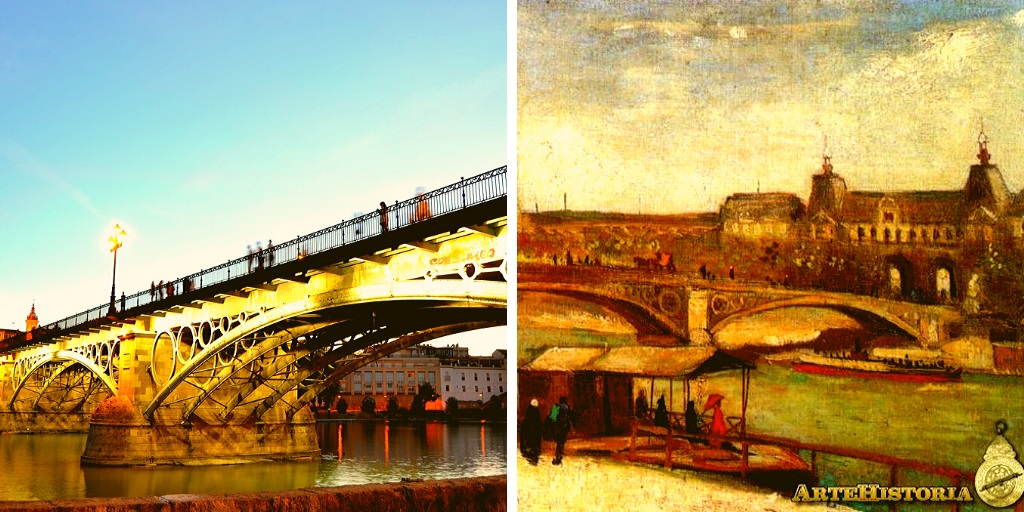
These are some of the curiosities of Seville that you did not know just the same and that you can take into account when visiting this city.
© 2024 El Palacio Andaluz. All rights reserved.